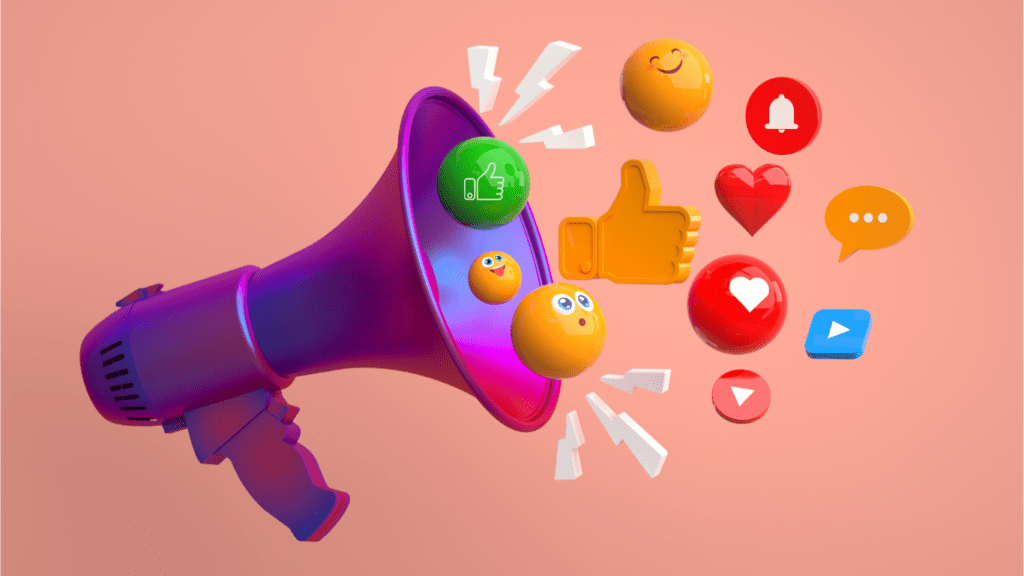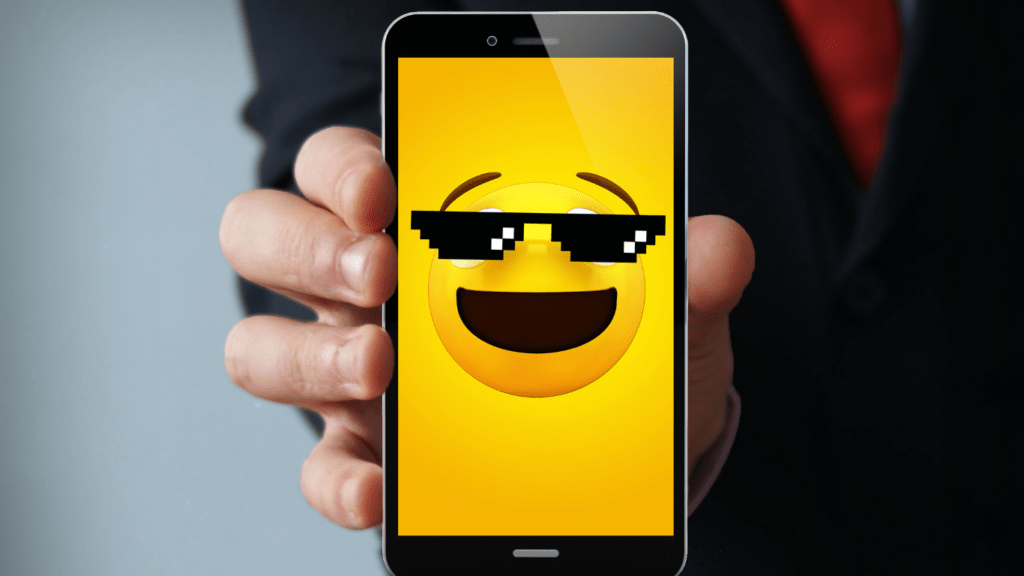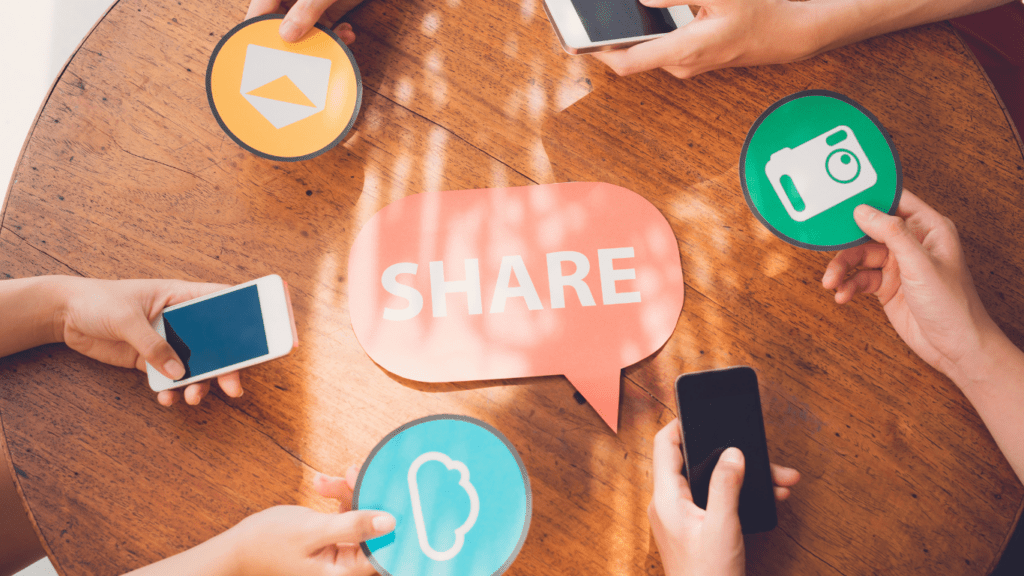I’ve always been fascinated by how a simple image or phrase can take the internet by storm, spreading like wildfire across social media. Memes have become more than just quick laughs—they’re a cultural phenomenon shaping how we communicate, share ideas, and even influence trends. From viral catchphrases to iconic images, memes have a unique way of embedding themselves into our daily lives.
The Rise Of Internet Memes
Internet memes have transformed from niche internet content into a core component of modern culture. Their rapid evolution reflects the growing interplay between online communities and mainstream media.
Origins And Evolution Of Memes
Memes originated as simple image macros shared in early internet forums during the mid-1990s. These early memes primarily consisted of humorous captions paired with popular images, such as “Dancing Baby” and “All Your Base Are Belong To Us.” By the 2000s, platforms like 4chan and Reddit played a crucial role in meme creation and dissemination, introducing viral formats like “Rage Comics” and “LOLcats.”
The evolution of social media platforms like Twitter, Instagram, and TikTok further expanded meme culture. Users began remixing formats, creating content with cultural references, trending music, and relatable situations. As algorithms prioritize shareable content, memes spread quickly, influencing both online discourse and offline trends.
Memes As A Social Phenomenon
Memes impact social communication by expressing humor and commentary with brevity and clarity. They often reflect collective emotions or responses to current events, making them a lens through which society views issues. Examples include “Distracted Boyfriend” to depict changing priorities or “Woman Yelling at a Cat” to highlight exaggerated arguments.
Memes also foster cultural participation by encouraging diverse individuals to contribute with their variations or interpretations. Popular genre-defining trends like TikTok challenges or satirical news memes demonstrate how individuals use collective creativity to amplify their voices. Social movements, including #BlackLivesMatter and climate change activism, have incorporated memes as tools for advocacy and raising awareness.
Memes influence both interpersonal exchanges and larger societal narratives, cementing their role as a dynamic cultural phenomenon.
The Role Of Memes In Pop Culture
Memes integrate deeply into pop culture, shaping how people communicate and engage with shared experiences. They function as cultural markers, influencing societal behaviors and expressions.
Memes As Cultural Symbols
Memes become modern cultural symbols by encapsulating complex ideas in accessible formats. Popular examples like “Distracted Boyfriend” or “Shrek” memes represent shared emotions and scenarios, bridging individual experiences with collective understanding. They embody specific moments in culture, serving as timestamps for societal events and emotions.
Their ability to transcend language barriers strengthens their symbolic value internationally. For instance, reaction memes featuring relatable imagery, such as the “Dogecoin Shiba Inu,” convert niche internet humor into global cultural icons. Memes often accompany major events like elections, sports tournaments, or award shows, creating universally recognizable shorthand for shared sentiments.
How Memes Reflect And Shape Trends
Memes simultaneously reflect and dictate trends in pop culture by responding to current events and influencing consumer behavior. Viral formats like “Arthur’s Fist” or “Woman Yelling at a Cat” showcase how internet creativity interprets daily life and global news. Memes amplify cultural moments, ensuring their relevance even after the events fade.
They also drive fashion, music, and language trends. TikTok memes, such as “Savage Love” dance challenges, influence charts and artist popularity, proving memes’ impact on music consumption. Similarly, phrases like “OK, Boomer” propel generational debates and lexicon shifts. Memes not only mirror trends but also act as catalysts for new cultural directions.
Memes And Their Impact On Mainstream Media

Memes have reshaped how stories, ideas, and emotions integrate into mainstream media. Their reach extends to advertising, entertainment, and even how music evolves in digital spaces.
Memes In Advertising And Marketing
- Brands incorporate memes into campaigns to enhance relatability and drive engagement. For instance, companies like Wendy’s and Netflix use memes to create humorous social media content, fostering meaningful connections with younger audiences.
- Memes’ viral potential makes them powerful tools for amplifying brand messages.
- Campaigns like “Chewbacca Mask Lady” by Kohl’s and the “Guess the Gibberish” challenge on Instagram highlight how memes can increase visibility and sales.
- Memes also generate user-driven content.
- Challenges such as “Ice Bucket Challenge” and “Harlem Shake” showed how humor and trends encourage broad participation.
- When memes resonate, they bridge the gap between commercial intent and authentic audience interaction, reinforcing brand loyalty.
Influence On Television, Film, And Music
Television, films, and music increasingly borrow from meme culture to stay culturally relevant. Streaming platforms like Netflix embed internet humor into shows, as seen in “Bird Box,” which gained traction when “blindfold memes” dominated online discussions. Similarly, meme-based narratives like “Shrek” sustain popularity through online parodies and references.
Musicians leverage memes to amplify their reach and boost songs’ performances. Tracks like Lil Nas X’s “Old Town Road” gained fame partly due to its integration into popular TikTok trends. Visual styles from memes also influence music videos and album marketing, shaping how artists express creativity in a digital-first environment.
Memes drive content creation, inspire scripts, and shape dialogue, reinforcing their significance in shaping today’s entertainment media.
The Pervasiveness Of Meme Culture In Society
Memes saturate everyday life, blending seamlessly into conversations, social media posts, and even public discourse. They act as cultural artifacts, providing insights into collective thought patterns and societal priorities.
Memes And Political Commentary
Memes reshape political discourse by distilling complex ideas into relatable formats. They amplify political messages, turning individuals into participants in broader conversations. During elections, memes like “Bernie Sanders’ Mittens” garner global attention while encapsulating political moments succinctly. Advocacy groups also use them to push agendas, with memes like “Tax the Rich” reinforcing progressive ideologies.
Political memes thrive in moments of crisis, reflecting public sentiment and criticism. For instance, memes targeting government policies during the COVID-19 pandemic highlighted frustrations and humorously dissected policies’ effects. Memes, in this sense, influence public opinion while sparking debates across ideological lines.
The Spread Of Shared Humor Across Generations
Memes bridge generational divides by creating universally recognized humor. Formats like “How It Started vs. How It’s Going” adapt effortlessly to varied age groups, showcasing personal and professional milestones. Younger users remix these formats to reflect cultural trends, while older ones use the same memes for nostalgic storytelling.
Cross-generational memes also deepen shared laughter through cultural references. For example, “This Is Fine,” featuring a dog in a burning room, resonates with both Millennials and Gen Z as a symbol of resilience under stress. These memes transcend their origins, fostering connections in families, workplaces, and broader communities.
Challenges And Criticisms Of Meme Culture
Internet memes significantly influence culture but face challenges tied to their proliferation and impact. Key criticisms emerge regarding intellectual property and ethical disputes, as well as risks tied to oversaturation.
Intellectual Property And Ethical Concerns
Meme culture often involves using copyrighted content without permission, creating legal and ethical debates. Many memes rely on:
- movie stills
- celebrity images
- artwork
which may violate intellectual property laws. For example, the viral “Distracted Boyfriend” image led to legal disputes over the photographer’s rights. While some creators embrace memes for exposure, others see unauthorized use as exploitation, sparking controversies.
Ethical issues arise when memes target individuals, spread misinformation, or perpetuate harmful stereotypes. Memes like “Pepe the Frog” transitioned from harmless humor to associations with hate groups, despite the creator’s disapproval. Such shifts spotlight the fine line between creative expression and unethical dissemination.
Overuse And The Risk Of Diluting Meaning
The rapid creation and sharing of memes can lead to their overuse, diluting their cultural impact. Viral formats often lose significance when excessively replicated. For instance, memes like “Shrek” and “This Is Fine” began as niche humor but became mainstream to the point of losing originality.
Oversaturation risks making meaningful content trivial. Social movements often use impactful memes, but excessive adaptation can weaken their core messages. Movements like #MeToo and climate change activism faced instances where meme adaptation shifted focus away from their original intent, reducing effectiveness as tools for advocacy.



